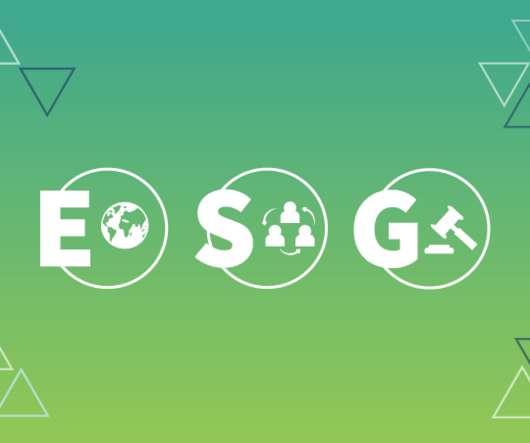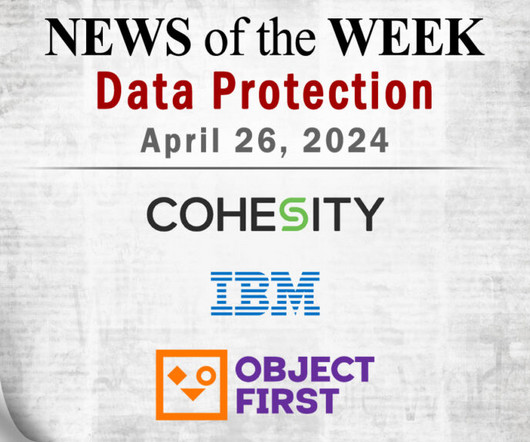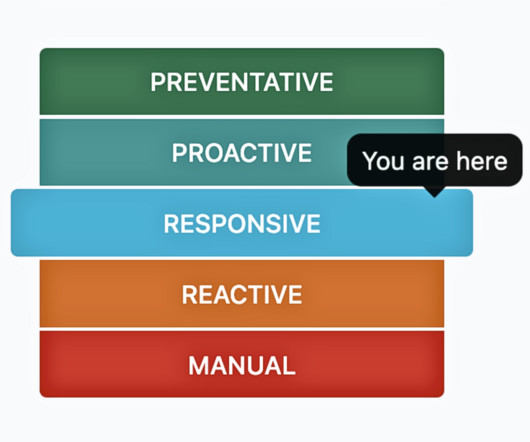The Mechanics of Effective Crisis Management: Navigating Challenges with Precision
Bernstein Crisis Management
SEPTEMBER 5, 2023
Understanding Crisis Management: A Methodical Approach At its core, crisis management is a methodical approach to preventing, addressing, and mitigating impact from disruptions. It involves laying down the groundwork through detailed crisis communication plans.
























Let's personalize your content